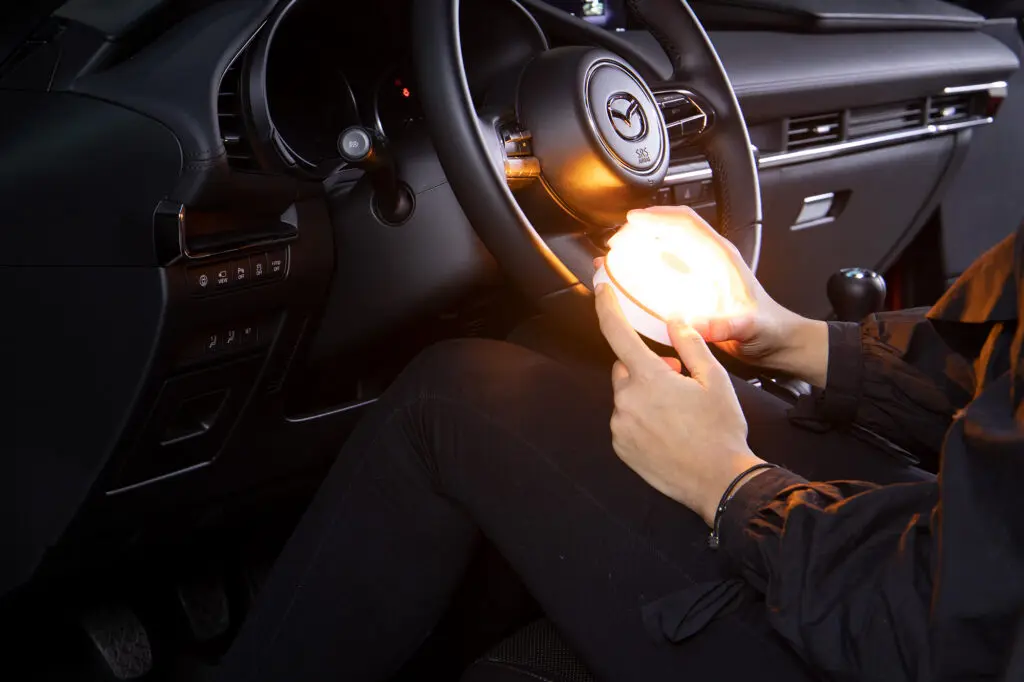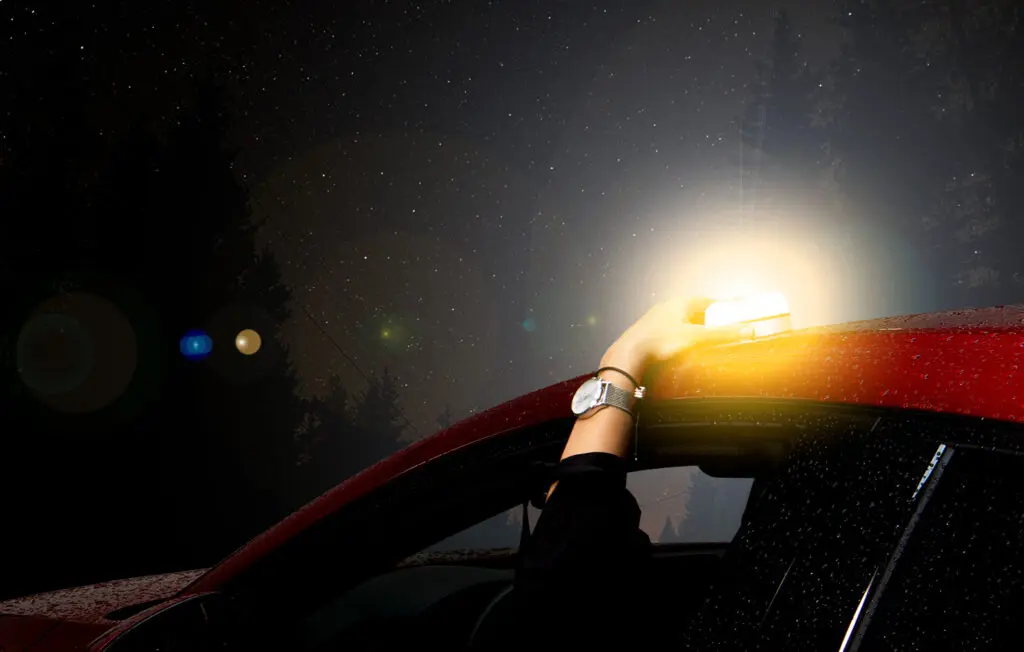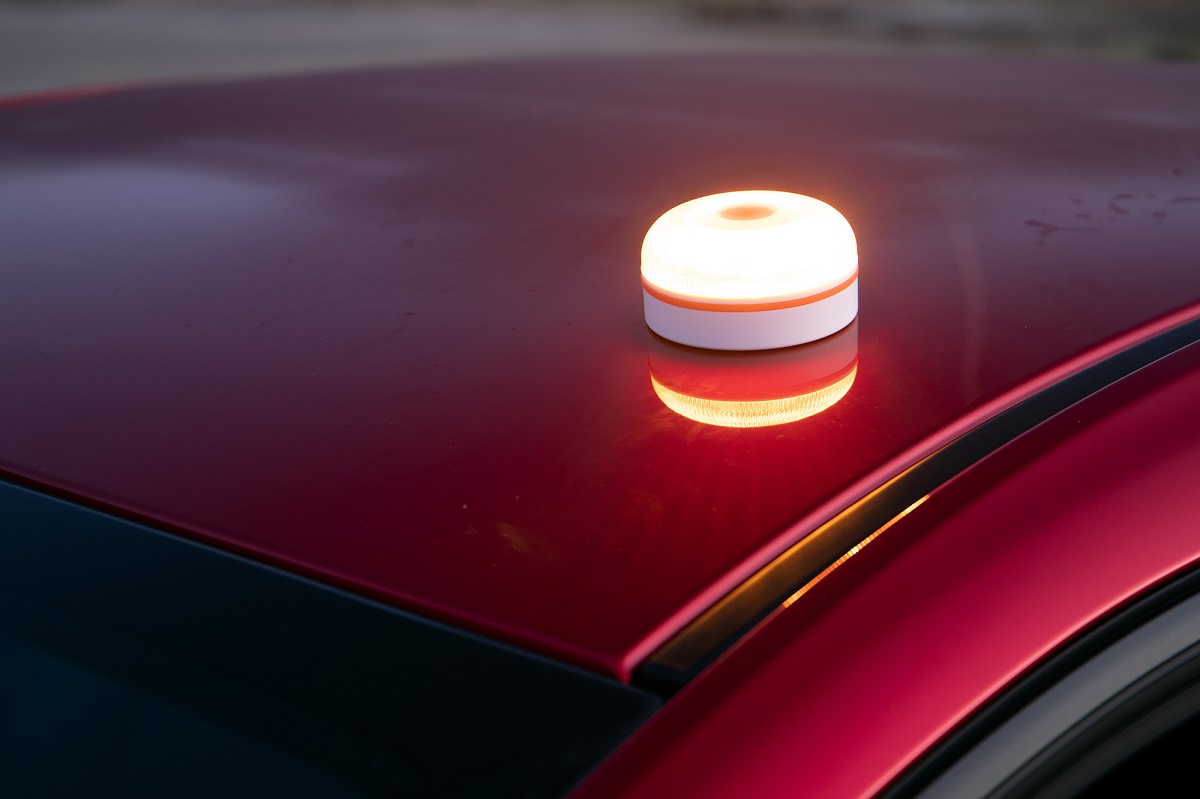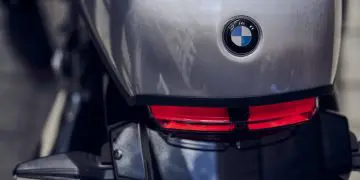In the interior, the best solution is to use air conditioning, which projects air with a reduced humidity level.

3rd Stay alert and awake
With longer trips, often taken after “feastful” meals, fatigue and decreased levels of attention can be the cause of many accidents. It’s better to rest a bit before or even during the journey. There are studies that indicate that a fatigued driver may have reaction times similar to those of a driver with excess alcohol…
4th Opt for defensive driving
Some of these techniques include being even more attentive to your surroundings, paying attention to the behavior of road users, and avoiding, whenever possible, abrupt maneuvers. Also, maintain a distance of four seconds from other drivers and adjust your speed to road conditions. Remember that water and, especially, ice, can double the stopping distances of a car or motorcycle.
5th Properly secure your belongings
During family party travels, we all dress up as Santa Claus and load the car with dozens of gifts. Pay attention to loose objects in the cabin and remember that, in an emergency braking, these can turn into real projectiles. For safety reasons, choose to transport all objects in the trunk and daily use utensils or items you want to keep close to you (like the Help Flash) should be properly stored in the appropriate places (door pockets, glove compartment, etc…). When accommodating the load in the trunk area, do it in a way that does not impair visibility to the rear.

6th Always have the Help Flash at hand
Especially considering the time of year we are in, with fewer hours of natural light and the occurrence of atmospheric phenomena such as fog and heavy rain, being able to see and be seen should be two priorities. Always place your Help Flash before leaving the vehicle to set up the mandatory vest and signaling triangle.
Learn more at www.help-flash.com








